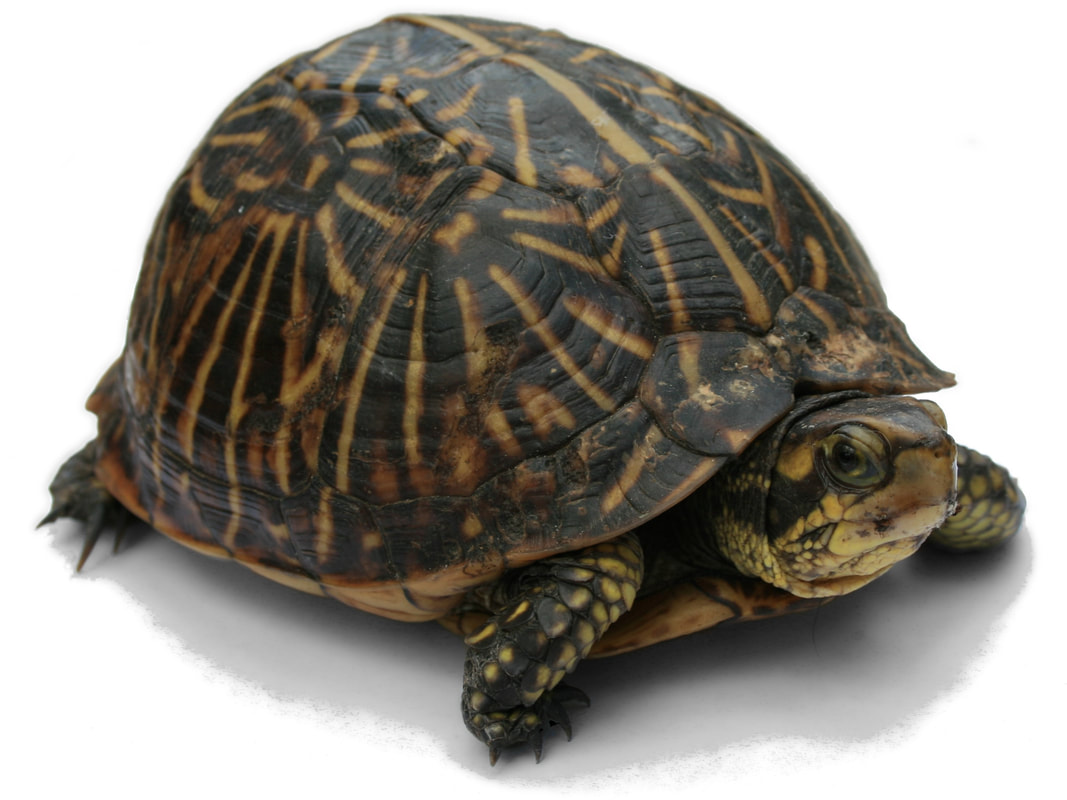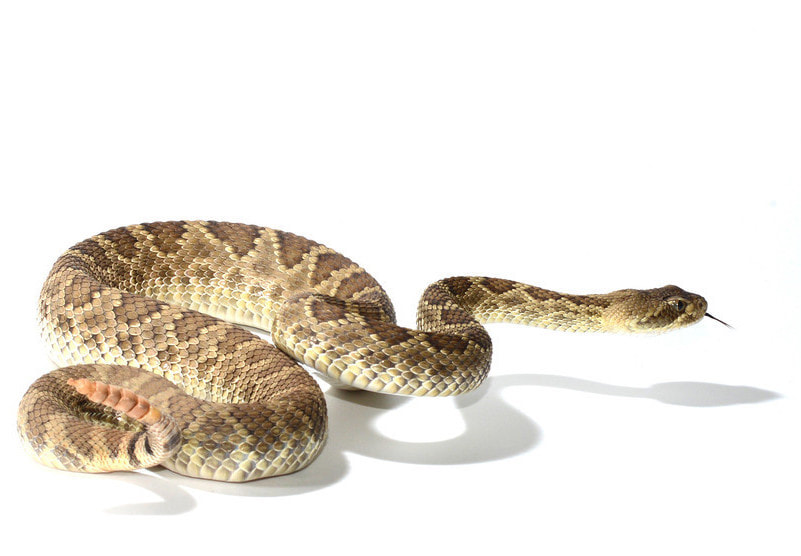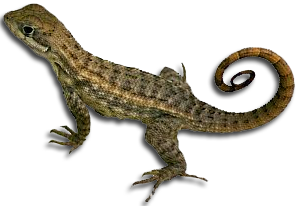Reptiles
Reptiles are tetrapod animals comprising turtles, crocodilians, snakes, amphisbaenians, lizards, tuatara, and their extinct relatives.
Turtles
Turtles are diapsids of the order Testudines (or Chelonii) characterized by a special bony or cartilaginous shell developed from their ribs and acting as a shield. The order Testudines includes both extant (living) and extinct species. The earliest known members of this group date from the Triassic, making turtles one of the oldest reptile groups and a more ancient group than snakes or crocodilians. Of the 356 known species alive today, some are highly endangered.
Turtle shells are made up of the carapace (1) and the plastron (2). Turtles have developed special neck vertebrae, allowing them to pull their necks in to the shell (3)
Crocodilians
Crocodilia is an order of mostly large, predatory, reptiles. They first appeared 95 million years ago in the Late Cretaceous period and are the closest living relatives of birds. Large, solidly built, lizard-like reptiles, crocodilians have long flattened snouts, laterally compressed tails, and eyes, ears, and nostrils at the top of the head. They swim well and can move on land in a "high walk" and a "low walk", while smaller species are even capable of galloping. Their skin is thick and covered in non-overlapping scales. They have conical, peg-like teeth and a powerful bite. They have a four-chambered heart and, somewhat like birds, a unidirectional looping system of airflow within the lungs, but like other reptiles they are ectotherms.
The genus Alligator contains two species of robust Crocodilian: The Chinese and American Alligators. Use the models above to see the differences between these two species.
Tuatara
Tuatara are reptiles endemic to New Zealand. Although resembling most lizards, they are part of a distinct lineage, the order Rhynchocephalia. The single species of tuatara is the only surviving member of its order, which flourished around 200 million years ago.[8] Their most recent common ancestor with any other extant group is with the squamates (lizards and snakes)



